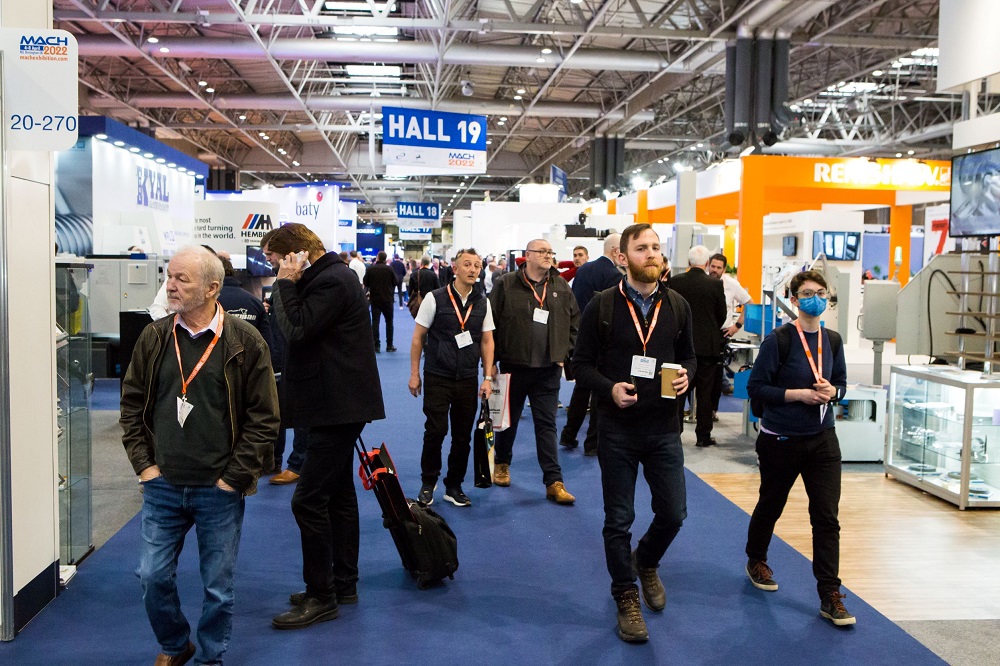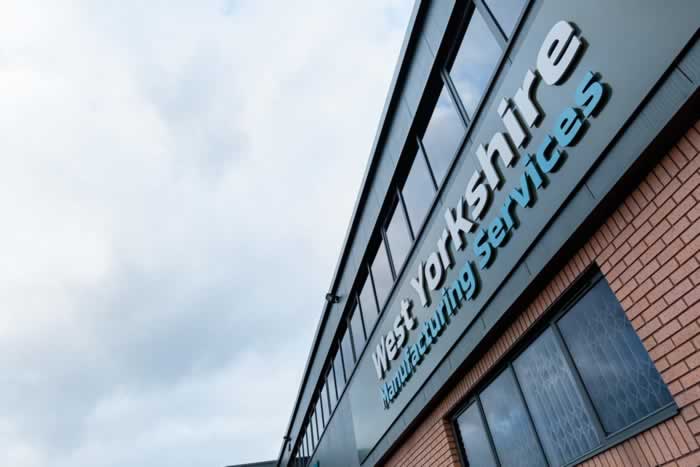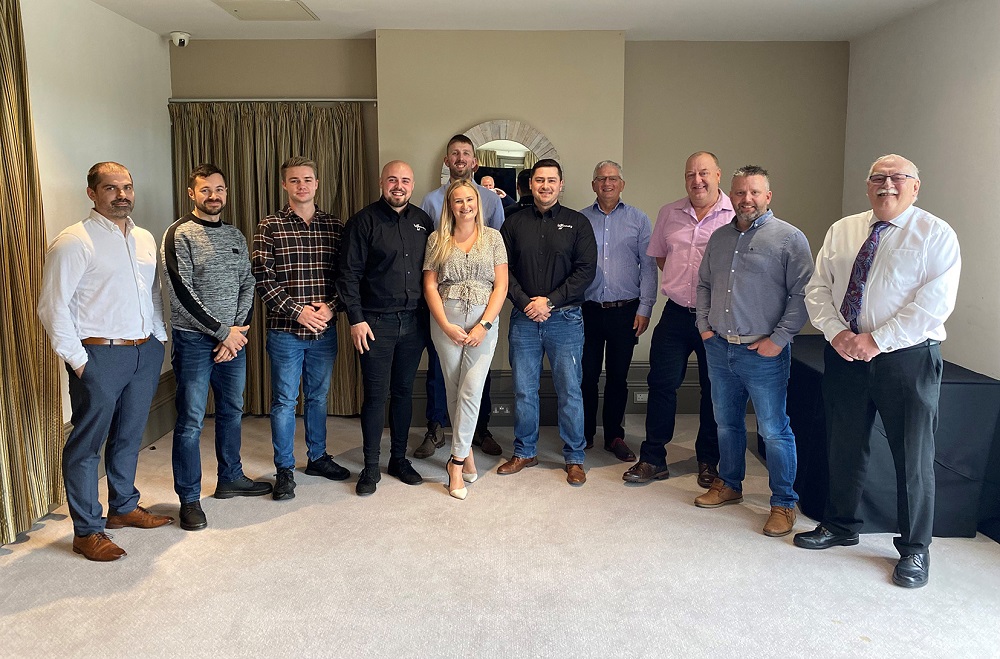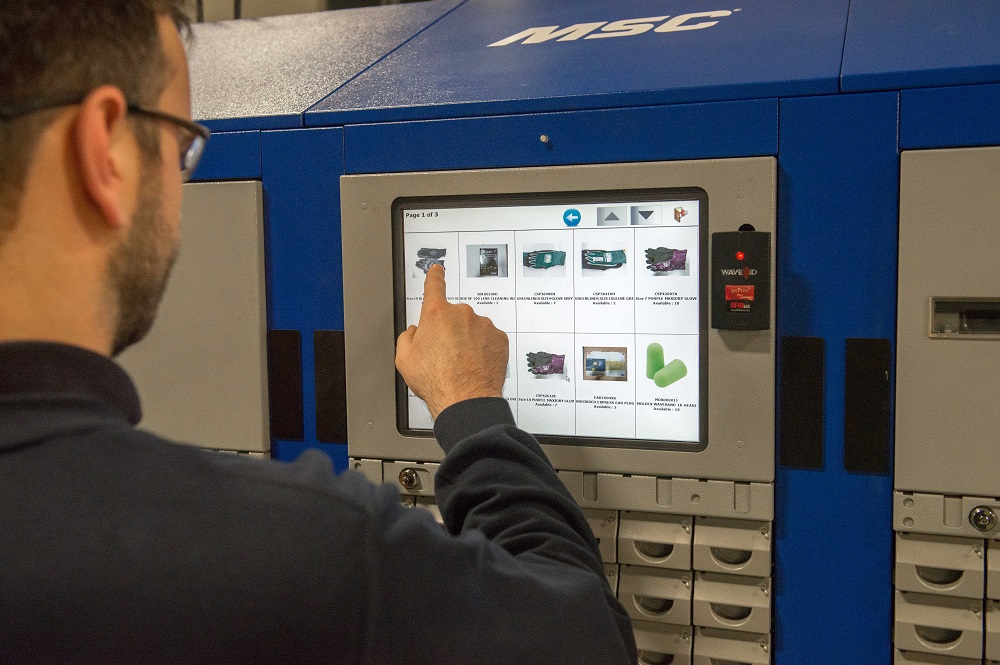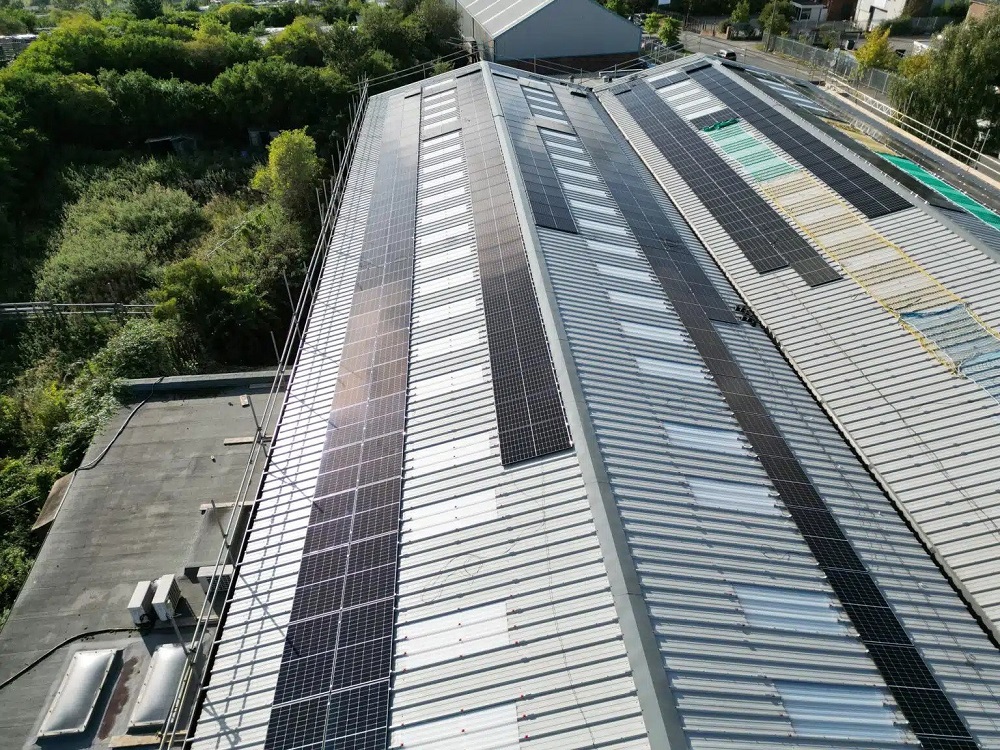The Manufacturing Technologies Association (MTA) will use its flagship event, MACH 2024 (15-19 April, Birmingham NEC), to launch a new initiative that aims to help UK manufacturers become more competitive while improving efficiency and sustainability.A series of knowledge hubs will feature at the exhibition to encourage UK engineering-based manufacturers to adopt new technology and techniques that enable them to compete globally in a sustainable manner.
The MTA’s knowledge hubs at MACH 2024 will focus on educating users in when and how to adopt new technologies such as:automation and robotics, data and artificial intelligence for manufacturing; sustainable manufacturing towards net zero; and the use of additive manufacturing techniques.The MTA is part of a united front by UK manufacturing organisations, along with the Manufacturing Technology Centre (MTC) and MACH 2024 headline sponsor Lloyds Bank, to increase the uptake of new technologies.
For further information www.machexhibition.com






